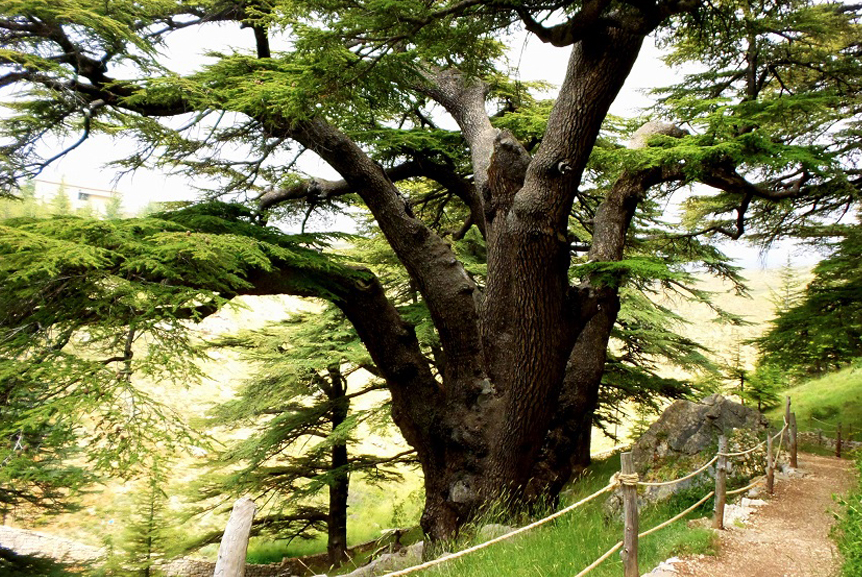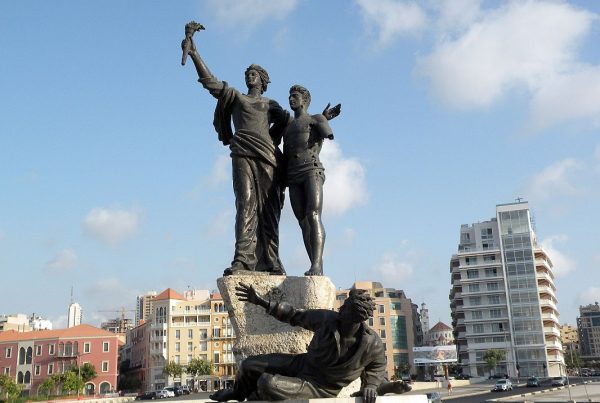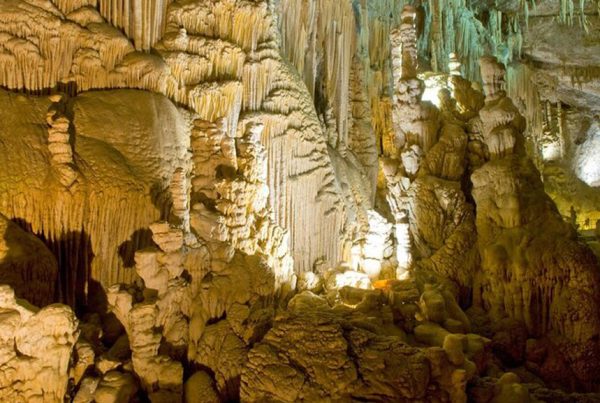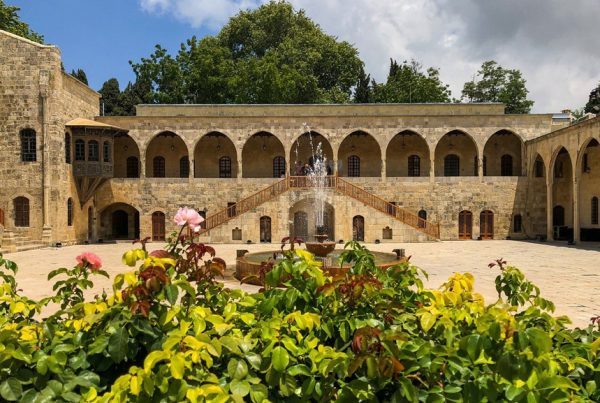All that interests you about the Cedar Forest Reserve in Lebanon for an unforgettable visit to the place
The Cedar Tree is not just a beautiful looking perennial tree native to Lebanon. It is much deeper than that. As it is the wonderful symbol of Lebanon, which it placed on its flag, boasting of its existence as an important feature that cannot be overlooked for the state. This is what made everyone who visits Lebanon for any purpose, such as tourism, work, or anything else, desperately want to see that tree in a realistic way, to feel that he is really in Lebanon.
Hence, dear readers, we had this article about a forest of cedar trees, which serves as a natural reserve for those trees, which, unfortunately, have lost most of them from Lebanon due to the permanent cutting of them for thousands of years since the era of the Phoenicians until the era of the Ottomans due to the quality of their wood.
It was used in building fleets, railways, and others. Hence the idea of those protected by UNESCO in 1998 to preserve the species of these trees. As that forest contains trees dating back to very ancient times, such as the era in which the Epic of Gilgamesh was written since the Sumerian-Iraqi eras thousands of years ago.
Important information about the cedar tree
It is a perennial and huge tree, as it can reach a length of about 35 meters, and its age can reach 2000 years. It is also characterized by the quality and solidity of its wood. Therefore, various ancient civilizations used it in the manufacture of ships and various other important wood works, and Lebanon used to export its wood to many countries.
The historical background of the cedar trees in Lebanon
In the past, Mount Lebanon had large quantities of oak, cypress, and pine trees, in addition to cedar. This wealth of trees has been exploited by many civilizations. Where the Assyrians, Persians and Babylonians decided to explore this mountain and obtain the wood of those trees.
It is possible to infer this date easily through the traces that were left and indicate that. On top of which, for example, but not limited to, is what was written about Nebuchadnezzar in the Babylonian antiquities about bringing wood from Mount Lebanon. As well as the use of this wood by the Phoenicians in the manufacture of merchant fleets, it is conclusive evidence of the historical importance of cedar.
However, we also cannot limit the importance of the historical cedar trees to past events alone. These woods are of great importance in building temples and roofs. The ancient Egyptians also used the resin of cedar trees in mummification, so they sought to obtain it from the mountain. Even cedar trees produce bitumen, which was a wonderful insulating material against water, so it was used in dams in the past.
Not only were cedar trees known in ancient history, but they were also mentioned in the Bible. Cedar trees were mentioned again religiously through the story that tells of King Solomon, who ruled the Jews, and that he asked Hiram, king of Tire, for wood to build his temple, which of course he brought from trees with cedar on top.
Finally, the most evidence that the ancients throughout history in various civilizations were well aware of the importance of cedar wood and its forests, which included that forest that we advise tourists to visit is what the Roman Emperor Hadrian made borders for those forests, which indicates his desire to define them well so that It is easy for him to exploit and prevent any assault on her.
The reason for the work of this reserve for the cedar forest in Lebanon
This is because, according to what we mentioned in the historical background and many other previous lines, successive civilizations over the course of thousands of years were cutting down trees in the forests of Mount Lebanon in large quantities, in addition to the unjust cutting that followed in the Middle Ages to use wood, including cedar wood, as fuel. Even in the Ottoman times, the forests were not spared from cutting down their trees heavily. Therefore, this reserve was necessary to preserve the cedar trees. And thus become a wonderful tourist place that attracts many visitors annually. Thus, the place brings a reasonable income equivalent to the income of cutting down trees to sell their wood. At the same time, an area of Mount Lebanon is preserved with its natural biological ecosystem.
The most important tourist activities that you can do in the Cedar Forest Reserve in Lebanon
Tourism activities in the Cedar Forest Reserve in Lebanon vary according to many things, such as the time you decided to visit the reserve and the interests of the tourists themselves. Here are the most important tourist activities for the place:
skiing
It is a sport that you can enjoy if you visit the forest in the winter, specifically in the period between December and April, when the snow covers the place where you can take the most beautiful and wonderful pictures of the cedar trees and the snow covers them in a truly wonderful and wonderful view.
Roaming in the natural area surrounding the forest
There you will find many amazing scenes that you will have a lot of fun exploring. For example, you will find the top of the mountain, which provides you with amazing natural views. Then there are many streams, rivers and waterfalls that make you feel like you are in a real natural paradise. It will also be interesting for tourists who love old buildings, as they will find many stone-built churches there, as well as many simple village houses that you will not tire of contemplating and photographing. Finally, be completely assured of the treatment of the residents there, as they are very kind and gentle there. So that you will not have any problem with the place.
Mountaineering
And it’s a very cool sport that’s very proportional to the area you’re in, where the mountain is. There you will find the summit of Qurnat As-Souda, which is a very exciting climb. It is at an altitude of about 3000 meters. Which means that the climb has some adventure and a reasonable risk. There are even a lot of tourists who come to the place specifically for this sport. Especially with the availability of everything necessary to practice in the place.






